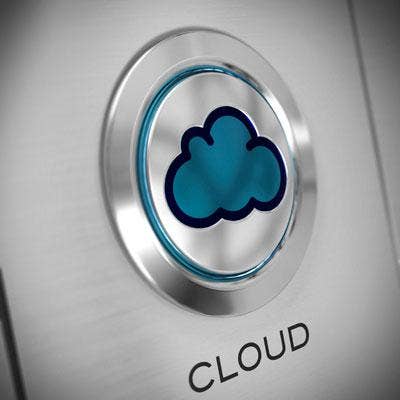Top Five Trends For Managed Services in 2014

What To Expect In 2014
Managed services is a hot area in IT for 2014, especially as the lines between cloud and managed services continue to blur.
According to Exton, Pa.-based Bentley Systems, a software maker with a managed services practice, companies are progressively turning to their software providers to manage infrastructure, software and almost everything else. Brian Robins, director of business development for managed services at Bentley, believes that managed services and cloud will unavoidably come together. "Managed services is like a stepping stone to cloud, but as cloud services customers are looking for adoption and utilization rates to improve [their businesses], it doesn’t happen by itself," said Robins.
Read on to find out the top five trends for managed services in 2014.

5. Outcome-As-A-Service
For managed services, one important trend is reaching toward and fulfilling outcomes. In the IT world, success can be dignified by the dependability and availability of software. As it isn't enough to solely rely on a piece of technology, however, managed service providers also must be able to provide and focus on a deeper, bigger picture, said Robins.
"We address this trend through the concept of solution consulting or a success manager, and their job is to focus on what makes a successful outcome," said Robins. "It's not just about, 'Hey here's the software, it's in the cloud.' It's about focusing on what's important in trying to achieve goals for the company."

4. Bridging The Gap Between Design And Operations
Another important managed services trend is connecting the space between design and operations. As information continues to flow between different persons in an organization, it's important to focus on the entire life cycle of information mobility, the management and the sharing of information, said Robins.
"What's important for our customers in our industry is connecting these islands of automation," said Robins. " We're not focusing on just one business process -- we tie in all the business processes together and are conscious of work and business flows for the delivery of an infrastructure asset."

3. From Cost Reduction To Organizational Agility
Time equals money, and that is a fact. Now more than ever, organizations are focused on cost reduction in various aspects of their business, said Robins.
"In the past, people have been focusing on outsourcing [an] activity because it's cheaper -- it's labor arbitrage," said Robins. "But, increasingly, what's motivating customers is really the organization of agility, the operational readiness," said Robins.
Delays to a large project will cause managed services providers to lose money, said Robins. "They need to be running quickly, and this becomes a source of competitive advantage and differentiation for the user," said Robins. "It's about focusing on how you can affect outcomes by ensuring adoption, utilization and value."

2. One Size Does Not Fit All
Providing SaaS and applications in the cloud is known for its scalability and practicality because organizations are sharing software and storing data in one database. Customers aren't just looking for a multitenant standardized system, they are looking for what's best for them, said Robins.
"It's not a question of one-size-fits-all. It’s the exact opposite," said Robins. "Each customer has a context, and they need a solution just for that context. While we can template our best practices to accelerate the provisioning of software, the customer is looking for a solution just for them, and it's about customizing."
By looking at an organization and focusing on their needs, managed service providers can customize a solution based on service levels, resilience and high availability.

1. It's A Hybrid World After All
Organizations are all approaching cloud differently. For some, especially verticals like energy and architecture, it requires heavier and larger applications for dealing with extremely large files, said Robins.
"As companies have invested large sums of money into [their] infrastructures, they're not able to throw that out and go to cloud overnight, so it remains a hybrid world," said Robins. "It's a significant percentage of our customers. They need to support an environment that's a mix of on-premise and cloud, and they are looking for an MSP that can optimize work flow that scales from on-premise to cloud."